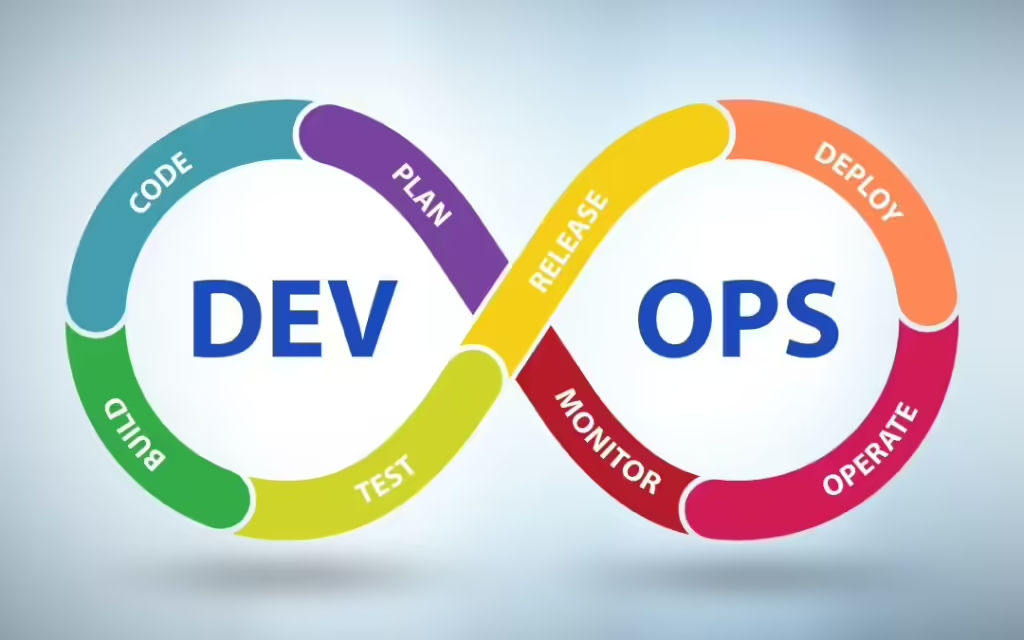
Introduction
In today’s fast-paced software development landscape, the traditional approach to building and deploying applications often falls short of meeting the demands for speed, reliability, and efficiency. Enter DevOps—a set of practices and cultural philosophies designed to bridge the gap between development (Dev) and operations (Ops). By fostering a collaborative environment and leveraging automation, DevOps transforms how software is developed, deployed, and maintained. Let’s delve into how DevOps is reshaping modern software development and explore its practical benefits.
DevOps is a combination of development and operations practices aimed at improving collaboration, reducing the development lifecycle, and increasing the quality of software. It integrates cultural philosophies, practices, and tools to enhance an organization’s ability to deliver applications and services at high velocity. This means that features, fixes, and updates can be delivered to users more rapidly and reliably.
Key Principles of DevOps
– Collaboration and Communication: At its core, DevOps promotes a culture of open communication between development teams and operations teams. This collaboration ensures that both sides understand each other’s challenges and work together to resolve them, leading to more efficient problem-solving and innovation.
– Automation: DevOps emphasizes the automation of repetitive tasks, such as code integration, testing, and deployment. By automating these processes, teams can reduce manual errors, increase consistency, and speed up delivery cycles.
– Continuous Integration and Continuous Deployment (CI/CD): CI/CD pipelines are fundamental to DevOps. Continuous Integration involves frequently merging code changes into a shared repository, where automated builds and tests are run to ensure that new changes do not break existing functionality. Continuous Deployment automates the release process, allowing code changes to be deployed to production environments with minimal manual intervention.
– Monitoring and Feedback: DevOps encourages continuous monitoring of applications and infrastructure to quickly identify and address issues. Feedback loops from these monitoring activities help teams make informed decisions and improve the quality of their software.
Practical Benefits of DevOps
– Faster Time-to-Market: By integrating development and operations, and automating processes, DevOps significantly reduces the time it takes to deliver new features and updates. This agility enables organizations to respond more quickly to market demands and stay ahead of competitors.
– Increased Reliability: Automation and CI/CD practices enhance the reliability of deployments by ensuring consistent and error-free releases. Automated testing and monitoring further contribute to maintaining high standards of software quality and operational stability.
– Enhanced Collaboration: DevOps fosters a culture of shared responsibility and collaboration between development and operations teams. This collaborative approach leads to better communication, improved problem-solving, and a more cohesive workflow.
– Efficient Resource Utilization: Automation and streamlined processes reduce the need for manual intervention, allowing teams to focus on more strategic tasks. This efficient use of resources leads to cost savings and a more productive development environment.
– Improved User Experience: Continuous monitoring and feedback mechanisms enable teams to identify and resolve issues quickly, resulting in a more stable and responsive application. This proactive approach enhances the overall user experience and satisfaction.
Implementing DevOps: Best Practices
– Start Small: Begin with a pilot project to introduce DevOps practices. This allows you to test and refine your processes before rolling them out on a larger scale.
– Invest in the Right Tools: Select tools that support automation, monitoring, and collaboration. Popular DevOps tools include Jenkins for CI/CD, Docker for containerization, and Prometheus for monitoring.
– Foster a DevOps Culture: Encourage open communication and collaboration across teams. Provide training and resources to help team members embrace DevOps principles and practices.
– Measure and Iterate: Continuously measure the impact of DevOps practices on your development processes. Use metrics such as deployment frequency, lead time for changes, and mean time to recovery to assess performance and make improvements.
Challenges and Considerations
While DevOps offers numerous benefits, it’s not without challenges. Some common obstacles include resistance to cultural change, the complexity of integrating new tools, and the need for skilled personnel. Addressing these challenges requires a thoughtful approach, including providing adequate training and support, and gradually implementing changes to ensure a smooth transition.
Conclusion
DevOps represents a paradigm shift in software development and operations, emphasizing collaboration, automation, and continuous improvement. By adopting DevOps practices, organizations can achieve faster delivery, higher quality, and greater efficiency. As you embark on your DevOps journey, remember to start with small, manageable steps, invest in the right tools, and foster a culture of collaboration. With these practices in place, you’ll be well-positioned to thrive in the dynamic world of modern software development.

